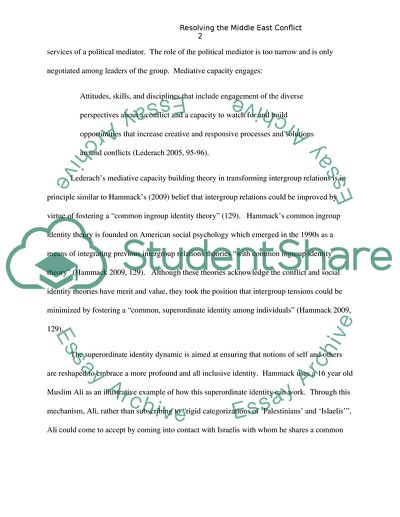Cite this document
(Resolution of the Middle East Conflict: Can the Conflict be Resolved Admission/Application Essay, n.d.)
Resolution of the Middle East Conflict: Can the Conflict be Resolved Admission/Application Essay. Retrieved from https://studentshare.org/education/1746448-resolution-of-the-midle-east-conflict-can-the-conflict-be-resolved
Resolution of the Middle East Conflict: Can the Conflict be Resolved Admission/Application Essay. Retrieved from https://studentshare.org/education/1746448-resolution-of-the-midle-east-conflict-can-the-conflict-be-resolved
(Resolution of the Middle East Conflict: Can the Conflict Be Resolved Admission/Application Essay)
Resolution of the Middle East Conflict: Can the Conflict Be Resolved Admission/Application Essay. https://studentshare.org/education/1746448-resolution-of-the-midle-east-conflict-can-the-conflict-be-resolved.
Resolution of the Middle East Conflict: Can the Conflict Be Resolved Admission/Application Essay. https://studentshare.org/education/1746448-resolution-of-the-midle-east-conflict-can-the-conflict-be-resolved.
“Resolution of the Middle East Conflict: Can the Conflict Be Resolved Admission/Application Essay”, n.d. https://studentshare.org/education/1746448-resolution-of-the-midle-east-conflict-can-the-conflict-be-resolved.


